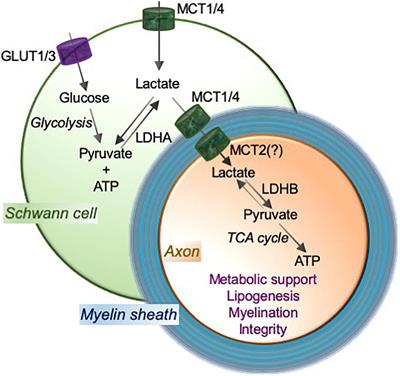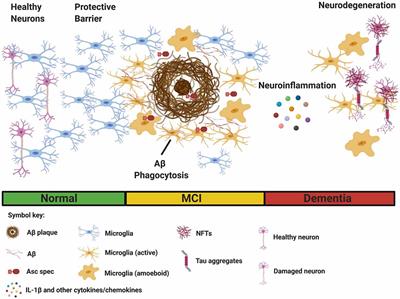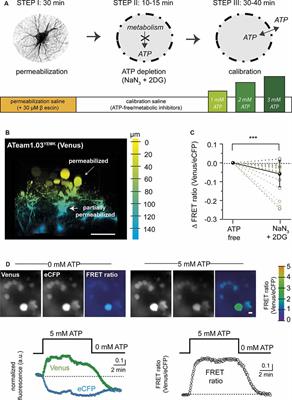EDITORIAL
Published on 05 Nov 2021
Editorial: The Metabolism of the Neuron-Glia Unit
doi 10.3389/fncel.2021.791389
- 2,595 views
- 2 citations
14k
Total downloads
57k
Total views and downloads
EDITORIAL
Published on 05 Nov 2021
REVIEW
Published on 11 Nov 2020

REVIEW
Published on 29 Sep 2020

MINI REVIEW
Published on 18 Sep 2020

BRIEF RESEARCH REPORT
Published on 16 Sep 2020

MINI REVIEW
Published on 29 May 2020

METHODS
Published on 21 Apr 2020

REVIEW
Published on 11 Feb 2020
